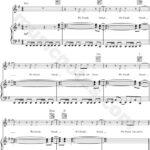Larry Carlton is a name synonymous with exceptional guitar playing, particularly renowned for his contributions to the seminal albums of Steely Dan and Joni Mitchell in the 1970s. For music lovers and guitar enthusiasts alike, the quest to identify the musicians behind their favorite tracks often leads to a deep dive into album credits. In an era where session musicians were often uncredited, Steely Dan and Joni Mitchell stood out by meticulously listing every musician who graced their records. Amidst these names, “Larry Carlton” consistently appeared, sparking curiosity about the guitarist responsible for those unforgettable licks and solos. This article pays tribute to Larry Carlton’s remarkable guitar work, exploring his crucial role in shaping the sound of these legendary artists during the 70s.
Carlton’s journey with Steely Dan commenced with their 1975 album, Katy Lied. By this time, Steely Dan had evolved into a studio-centric project, enlisting top-tier session musicians from Los Angeles and New York. Carlton’s contribution to Katy Lied was limited to a single track, “Daddy Don’t Live in that New York City No More.” While his performance was solid, it was merely a prelude to the groundbreaking work he would deliver on the band’s subsequent album, The Royal Scam. Amidst a roster of four session guitarists for this album, Larry Carlton’s presence became prominent, gracing numerous tracks with his distinctive style.
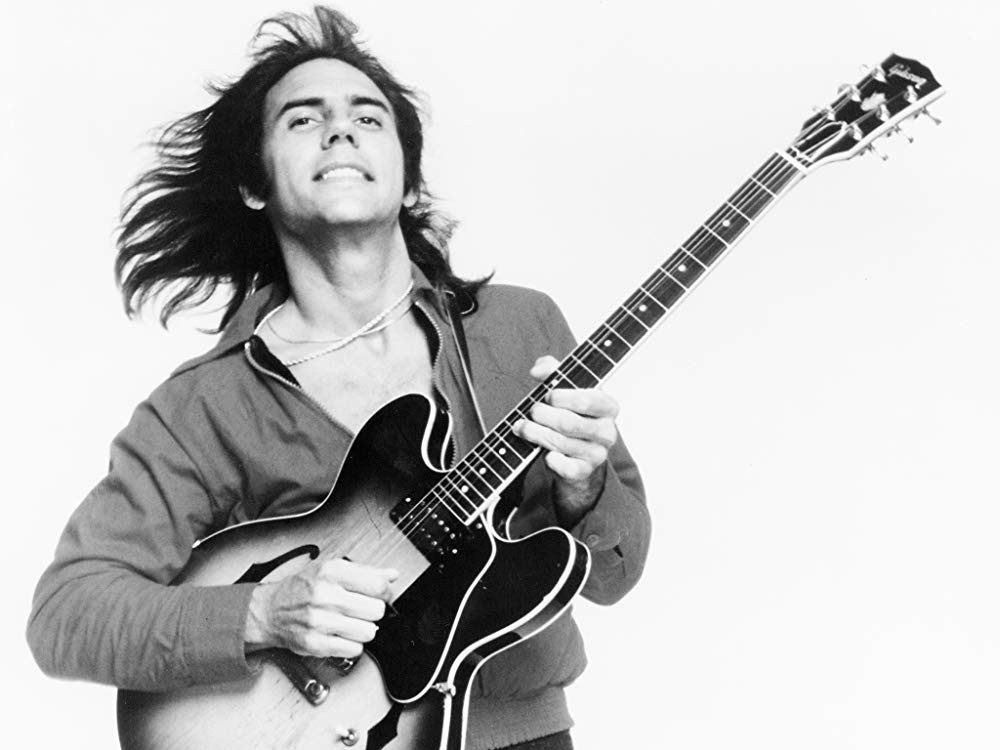 Larry Carlton 1984
Larry Carlton 1984
Larry Carlton’s Defining Moments on The Royal Scam
“Don’t Take Me Alive,” a song that evokes the tension of the film Dog Day Afternoon, showcases some of Larry Carlton’s most brilliant playing on The Royal Scam. Here, his signature melodic solos and exquisite guitar tone are on full display. The song’s dramatic opening chord, a stroke of studio genius, was conceived during the recording process. Carlton himself recounts, “There was no chord in front of the beginning of the song, nothing. Just ‘wham’. Donald was the one who finally just said, ‘Why don’t we just put a big chord in front of it?’ I went out into the room where my amp was and stood in front of it and tweaked until there was the right tone and then I did four or five or six of those chords to where everything rang.” This anecdote underscores the collaborative and detail-oriented nature of Steely Dan’s studio sessions, and Carlton’s pivotal role in shaping their sonic landscape.
However, it is “Kid Charlemagne,” the album’s opening track, that is widely considered Larry Carlton’s magnum opus with Steely Dan, and perhaps even his most celebrated guitar solo within their entire discography. The song, rumored to be inspired by the story of Owsley Stanley III, the infamous LSD chemist, set the tone for The Royal Scam‘s darker thematic explorations. Carlton’s performance is nothing short of captivating, featuring a 50-second solo starting at 2:18, packed with intricate phrasing and dynamic shifts. His tasteful licks continue to weave through the outro as the song fades. Donald Fagen himself lauded Carlton’s virtuosity: “He’s a real virtuoso. In my opinion he can get around his instrument better than any studio guitarist… He did the solos on ‘Kid Charlemagne.’ The middle solo he did in two takes and we used parts of both. The last solo was straight improvisation.”
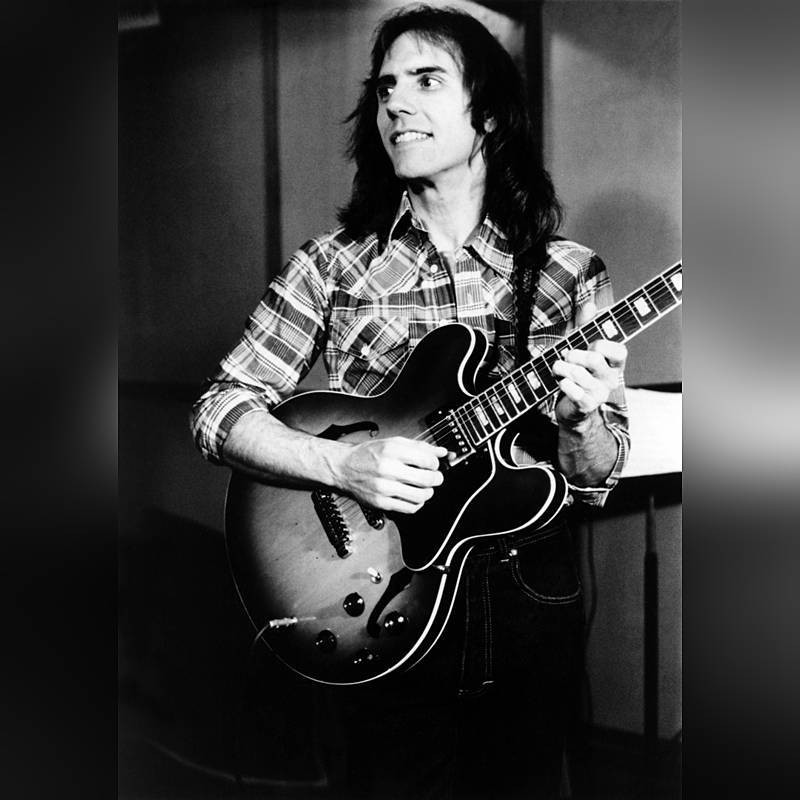 Larry Carlton
Larry Carlton
Amidst stellar guitar contributions from Denny Dias, Dean Parks, and Elliott Randall on The Royal Scam, Larry Carlton’s role stands out as paramount. Walter Becker acknowledged his critical influence: “If that is the definitive Steely Dan guitar album, then Larry Carlton is the reason why. He contributed quite a bit to the tunes… Larry, more than anybody else, was holding things together rhythmically and in other ways.” Carlton’s recollection of the Kid Charlemagne sessions reveals Steely Dan’s meticulous yet organic approach: “Once we found a tone that we all agreed on, Donald Fagen and Walter Becker would say, ‘Yes, that’s cool,’ then really it was just a case of, ‘You want to try one?’… Very patient, there were no suggestions of licks or anything like that. I did two hours’ worth of solos that we didn’t keep… then all of a sudden some magic starts happening.” This paints a picture of Carlton’s improvisational brilliance and Steely Dan’s discerning ear, culminating in iconic guitar moments.
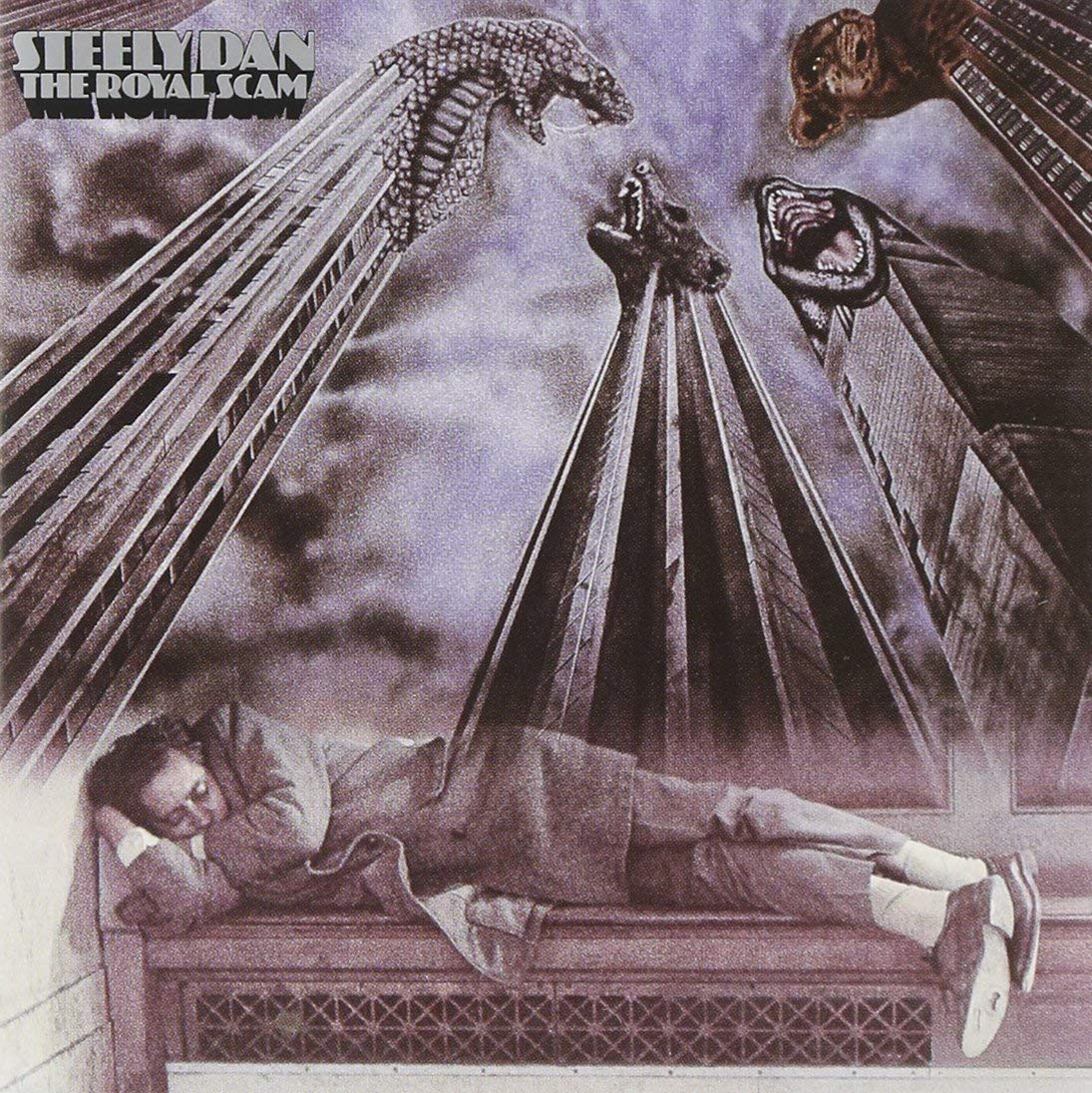 The Royal Scam
The Royal Scam
The Secret of Larry Carlton’s Guitar Tone
Larry Carlton’s distinctive guitar tone is as celebrated as his melodic phrasing. A key element in achieving this iconic sound during the Steely Dan sessions was his amplifier choice. “I can’t remember why but I decided to take my little Tweed Deluxe with my 335 and that became my lead sound with Steely Dan,” Carlton recalled. This setup, a combination of a Gibson ES-335 and a Fender Tweed Deluxe, contributed to a guitar tone that Guitar Player magazine recognized as one of the top 50 of all time. Carlton elaborated on his technique, “I have the claw thing happening down there on the strings when I play. It lets me know where I’m at… I pick hard. In fact, I overplay the instrument. I’ve been squeezing a pick since I was six, and the pressure has curved by index finger. At this point, my hands have molded themselves to fit the guitar.” His Tweed Deluxe, specifically, became a signature element for his Steely Dan work: “That’s the amp that I used for the Steely Dan sessions and I don’t even remember why and how I’d brought the Tweed in, because I didn’t use it on any other sessions, only the Royal Scam, Aja, and Donald’s Nightfly album.”
Another crucial component of Carlton’s signature sound is his use of the volume pedal, which he adopted during his time with The Crusaders in the early 1970s. “In 1971 I got my first volume pedal and I used it on the first Crusaders album, and that became an identifiable Larry Carlton sound… In the right hands, that can really enhance a track without it being so typical guitar.” Listening to The Crusaders’ rendition of Carole King’s “So Far Away” vividly illustrates the expressive capabilities of Carlton’s volume pedal technique.
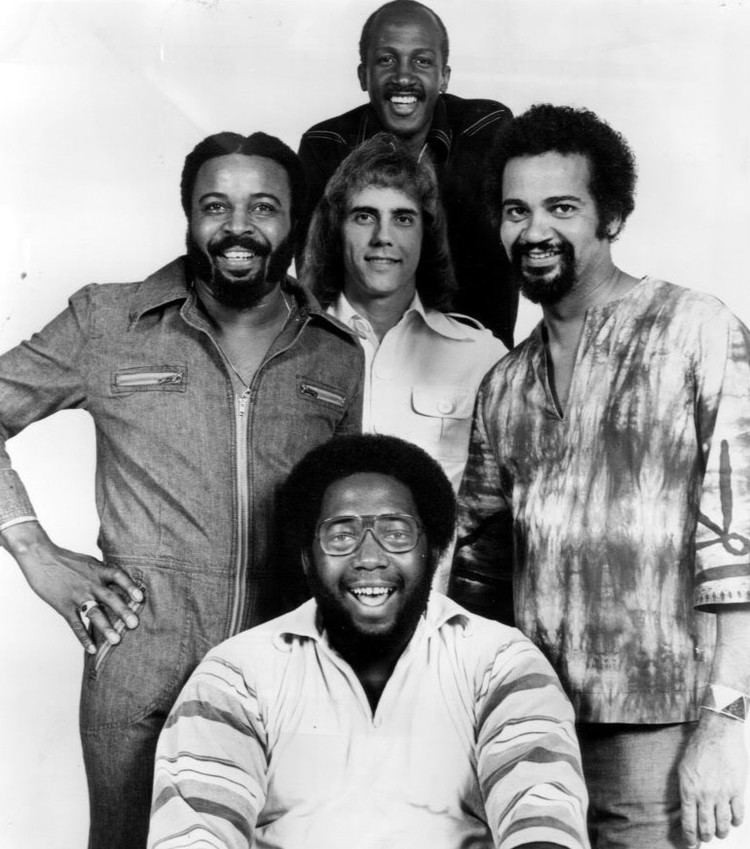 Larry Carlton The Crusaders
Larry Carlton The Crusaders
And of course, the guitar itself, the iconic Gibson ES-335, is integral to the Larry Carlton sound. Gibson now produces a signature model in his honor. Carlton explains the versatility of this instrument: “When I first started doing session work in late 1969, I never knew what sort of music I was going to have to play on the next session, so I had to take many different kinds of guitars… and I wished for and found a guitar which could cover many of those sounds… For me, the 335 is a guitar I can play country music on, pop music, I could play the blues, straight ahead jazz… a really good find.” His personal ES-335, acquired in 1969, became his trusted companion throughout his illustrious career.
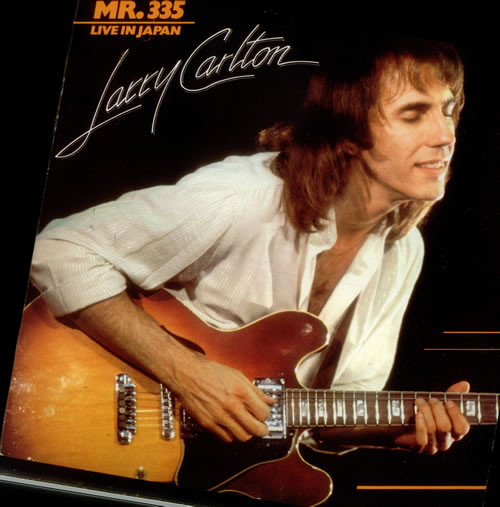 LARRY_CARLTON_MR.+335+LIVE+IN+JAPAN
LARRY_CARLTON_MR.+335+LIVE+IN+JAPAN
Larry Carlton’s Continued Collaboration with Steely Dan on Aja and Gaucho
Larry Carlton’s involvement extended to Steely Dan’s critically acclaimed 1977 album, Aja. While Aja is known for its sophisticated arrangements and production rather than being overtly guitar-centric, Carlton’s role remained significant. In the Classic Albums documentary dedicated to Aja, Carlton described his broader responsibilities: “I think of myself as the person they had wanted to be the liaison between themselves and the studio musicians. They would give me their demo tape… And I would be the person that would take those notes off of the tape, fill in the blanks when they were not sure what they wanted to be played, and then I would take that chart to the session and I would be the person who was familiar with the song out in the studio with the studio musicians.” This highlights Carlton’s musical acumen beyond just guitar playing, acting as a crucial bridge between Steely Dan’s vision and the studio musicians.
While Carlton didn’t play on the hit single “Peg,” his contributions to tracks like “Josie” and “Deacon Blues” are noteworthy. However, his most impactful performances on Aja, in the author’s opinion, are on the epic title track “Aja” and “Home At Last,” where he played alongside Bernard Purdie, Chuck Raney, and Victor Feldman. Aja achieved a rare balance of mainstream success and artistic brilliance. Carlton commented on this: “Donald and Walter loved sophisticated harmonies but they are rock n roll guys… We love great feeling rock n roll music but we love harmony.“
Steely Dan’s final album of their 70s era, Gaucho, recorded after their move back to New York, initially did not include Carlton. The hit single “Hey Nineteen” featured the guitar work of Hugh McCracken. However, Larry Carlton unexpectedly found himself on Gaucho through a serendipitous turn of events. The track “Third World Man,” originally conceived during The Royal Scam sessions, was resurrected to replace a lost master track on Gaucho. Carlton recounted, “When Billboard Magazine came out … about Gaucho… ‘Steely Dan released … and great guitar solo by Larry Carlton’, and I said, ‘but I didn’t play on Gaucho!, they’d cut it in New York, I didn’t play on it!’… So I found out later: they had finished mixing in New York, and one of the second engineers erased one of their master tracks. So ‘Third World Man’ was in the can from The Royal Scam and they had to reach back into the old tapes and find something to finish the album, and that’s how I ended up on Gaucho playing Third World Man”. His solo on “Third World Man,” distinct from his Royal Scam era work, is a masterclass in musicality and mood enhancement.
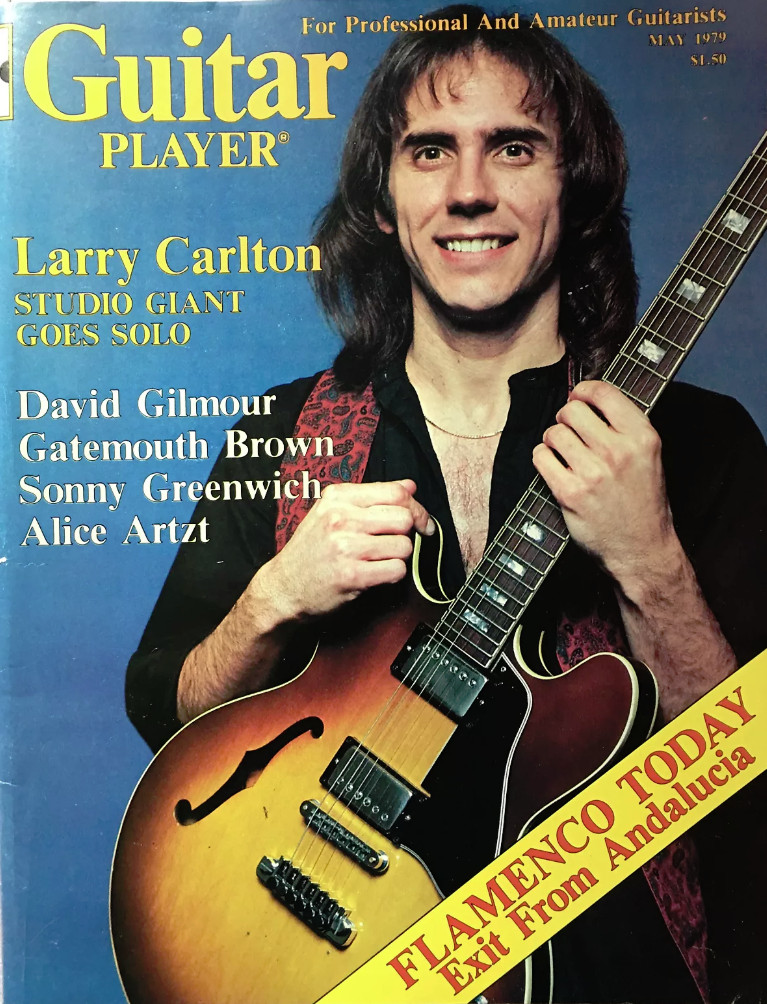 Guitar Player May 1979
Guitar Player May 1979
Jon Herington, Steely Dan’s guitarist since 1999, considers Carlton’s “Third World Man” solo his favorite in their entire catalog: “Hands down, my favorite solo on any Steely Dan record is Larry Carlton’s Third World Man… I think the only reason they kept it and tried to write a new lyric later that became Third World Man was because they loved that solo so much. I love that solo too. It’s one of the greatest pop guitar solos ever recorded. It’s so melodic, and the sound is fantastic.”
Walter Becker summarized Carlton’s overall contribution to Steely Dan: “With Larry, every pass he made was something good. His disposition was so even that it always seemed fairly easy, even if it took a while to get what you finally wanted… It was mostly just a question of stating clearly what the idea was that you had in mind. If we had something in mind that was even remotely appropriate for Larry, he could do it well. It was never like pulling teeth with Larry, as it had been with many other players.”
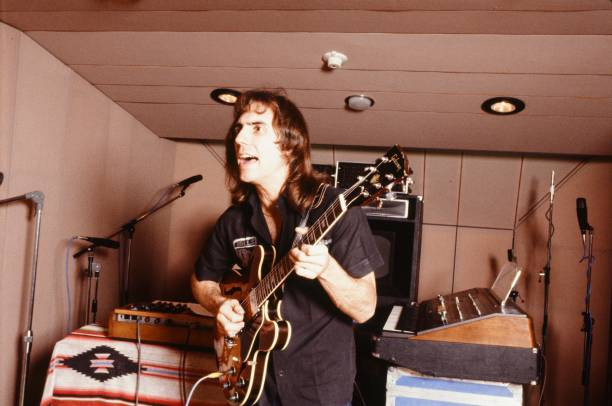 Larry Carlton2
Larry Carlton2
Larry Carlton’s Jazz Infusion into Joni Mitchell’s Music
Beyond Steely Dan, Larry Carlton’s guitar artistry significantly shaped the jazz-infused sound of Joni Mitchell’s music in the latter half of the 1970s. Mitchell’s embrace of jazz coincided perfectly with Carlton’s style, blending rock and jazz sensibilities seamlessly. Their musical partnership began when Mitchell adopted Tom Scott’s LA Express as her backing band. Carlton was a founding member of the LA Express in 1973 and contributed to Mitchell’s Court and Spark album that same year, marking her initial foray into jazz textures. His work on the hit single “Help Me,” Mitchell’s biggest US chart success, exemplifies his contribution to this album.
Carlton described his approach to accompanying Joni Mitchell: “You have to be able to improvise arrangements on the spot to be a great accompanist. It’s what you do with the phrases around the vocal that can make the whole thing sound more connected. I think there’s a very good example of how to think like an arranger. When Joni sings, ‘Help me, I think I’m falling,’ I do a rake across the strings, and it makes her next phrase – ‘in love again’ – really cool because she has a chord to sit down on.” This highlights Carlton’s intuitive and arranger-like approach to guitar accompaniment.
 Larry Carlton acoustic
Larry Carlton acoustic
Although Carlton departed from the LA Express after Court and Spark, he reunited with Mitchell for her 1975 album, The Hissing of Summer Lawns. He played on several tracks, including the captivating “Edith and the Kingpin.” His contributions to “Shades of Scarlet Conquering” were so impactful that Mitchell incorporated two of his guitar tracks into the final version, one as the main guitar part and the other transcribed into the orchestral arrangement.
However, it is Joni Mitchell’s Hejira that stands as a pinnacle of their collaboration and a personal favorite album for many. Hejira, conceived during Mitchell’s cross-country road trip, features sparse arrangements emphasizing her travelogue-like lyrics and guitar-based compositions. Larry Carlton played lead electric guitar on four tracks and acoustic guitar on another. Carlton described the unique recording process: “The sessions were done one person at a time… When I came in to play all I had to listen to was Joni’s acoustic guitar and her vocal… She gave me no direction… we come in fresh and we react to the tunes on the spot. On that record Joni had me play three, four, maybe five takes of reaction guitar, and then that would be the end of it. I would leave and she would later choose and pick which of my reactions she really wanted.” This spontaneous and reactive approach resulted in guitar parts that seamlessly integrated with Mitchell’s songs.
“Amelia,” a lyrical and musical highlight of Hejira, finds Carlton employing long, sustained notes, reminiscent of a slide guitar, to perfectly complement Mitchell’s voice and rhythm guitar. On “Black Crow,” a more energetic track, the interplay between Mitchell, Jaco Pastorius, and Carlton is truly remarkable. Carlton’s adaptability to Mitchell’s unique guitar tunings further underscores his versatility: “For her to use those tunings… was like playing with a jazz player who’s using different voicings. I still hear what the chord is – even though it sounds unique and beautiful the way she tuned her guitar. But, no, it was not a special challenge.”
Pat Metheny, who toured with Joni Mitchell in 1979 and played songs originally featuring Carlton, attested to the definitive nature of Carlton’s guitar parts. Metheny found himself unable to improve upon Carlton’s original contributions, stating that they had become integral to the very essence of the songs, citing “Edith and the Kingpin” as a prime example.
Larry Carlton’s philosophy encapsulates his melodic and song-centric approach: “I think solos on a vocal record have to be very melodic. The music I listened to and liked during my formative years was very melodic. So when I play the guitar, I hear melodies.” His work with both Steely Dan and Joni Mitchell stands as a testament to this melodic sensibility and his profound impact on their iconic sounds.
 Larry Carlton
Larry Carlton
Further Exploration:
Aja, by Steely Dan
Coyote, by Joni Mitchell

